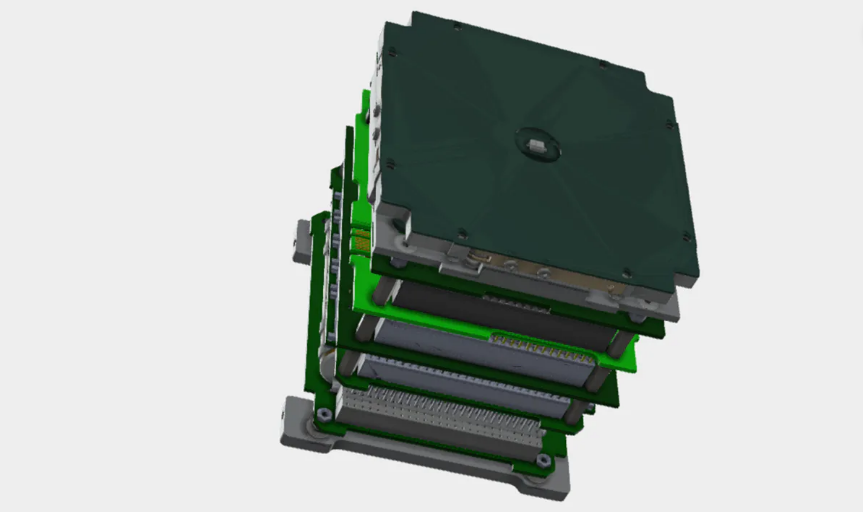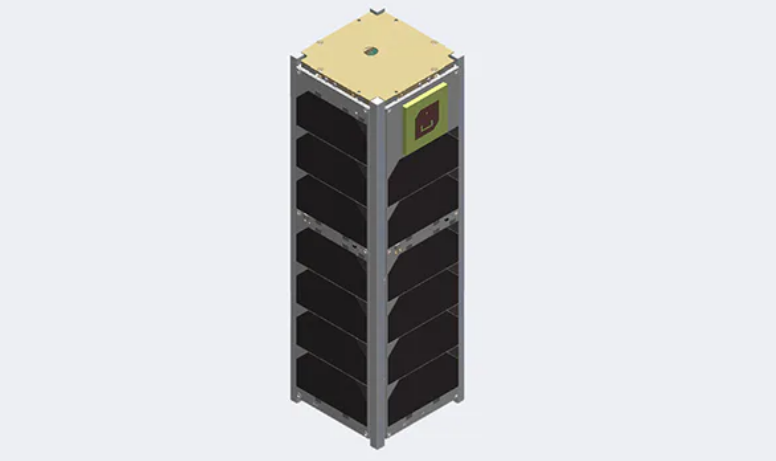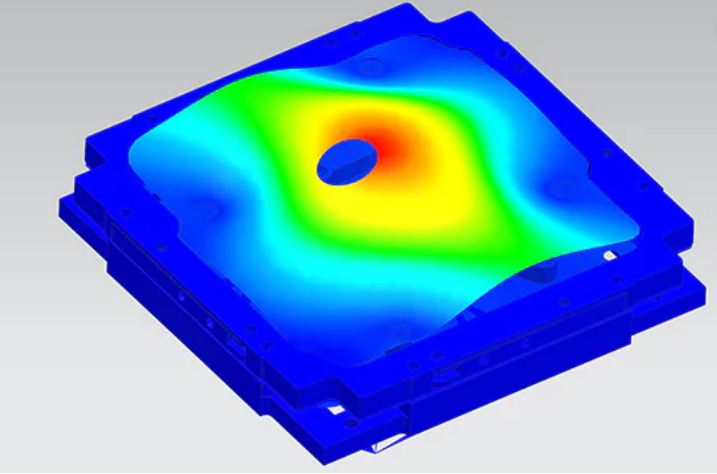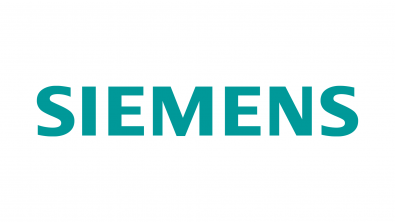Student team uses Simcenter 3D and Simcenter NASTRAN to design, manufacture, test and prepare a satellite launch

SpaceDot is a nonprofit, interdisciplinary student team supported by the Aristotle University of Thessaloniki in Greece that aims to make space more accessible for scientific research and the general public. Founded in 2020, the group comprises more than 80 students in STEM disciplines from AUTh and other universities across Greece and Europe. The team has been working on a multidisciplinary project that required advanced simulation for several years. To pave the way for innovative research of space applications, the team used Siemens Simcenter™ 3D software, Simcenter NASTRAN software, and other Simcenter products to address some of their structural simulation challenges, reducing the time required to prepare a simulation and minimize the necessary run time compared to their previous software.

Innovation in space applications
The SpaceDot team started using Simcenter™ 3D software, part of the Siemens Xcelerator portfolio, the comprehensive and integrated portfolio of software, hardware, and services, to help them execute this project. They used Simcenter 3D software modeling tools and Simcenter NASTRAN software to address some of their structural simulation challenges. Using Simcenter 3D helped them reduce the time required to prepare a simulation. Using the Simcenter NASTRAN solver helped them minimize the necessary run time compared to the software they used prior to Simcenter.
AcubeSAT and The Fly Your Satellite! program
SpaceDot developed AcubeSAT, a three-unit (U) CubeSat (small satellites used to fulfill space experiments or payloads on an affordable and accessible platform to study the effects of microgravity and cosmic radiation on brewer’s yeast cells in low earth orbits. The team submitted a technical proposal for AcubeSAT to be part of the Fly your Satellite! program organized by the Educational office of the European Space Agency, which aims to provide student teams with the opportunity to design, manufacture, test, and launch their satellite. The project was selected as one of the three teams to be part of the program and passed the critical design review in the summer of 2021. The team faced critical issues during the design phase, the most important being spatial constraints, but they were able to overcome challenges by integrating electronic, mechanical, and fluidic components to make the experiment feasible.

Simulation-driven structures
To ensure the safety of a rocket and its payload during launch, the structural subsystem team used simulation-driven structures. Using a digital twin finite element model with hundreds of thousands of degrees-of-freedom, they performed various simulations, including quasi-static acceleration, eigenfrequencies, and random base excitations. The team used Simcenter 3D software modeling and Simcenter NASTRAN software to solve the structural simulation, which reduced the time required for set up and run time. The results led to modifications in the satellite’s components to increase stiffness and strength where needed and reduce weight while maintaining sufficient stiffness and strength to protect the experiment during launch. Simulations were rerun on the fly using Simcenter 3D and Simcenter NASTRAN, which allowed the team to manage strict deadlines and detailed technical documentation easily.

The future of simulation for SpaceDot
The AcubeSAT project is currently in the testing phase to qualify all in-house developed components and subsystems. This includes excessive vibration and thermal vacuum testing, functional tests, and leak detection. Rapid prototyping will take place, and engineering models and commercial components required in the system will be manufactured and procured. The team also expects to deliver its manufacturing readiness review at the end of 2022 and finalize the qualification and acceptance tests in 2023. The satellite is expected to launch in mid-2024, and the team will continue to use Simcenter 3D to complete all simulations and operate the satellite from its ground station located at AUTh.
To read more about SpaceDot and the AcubeSAT Project, please visit here.


